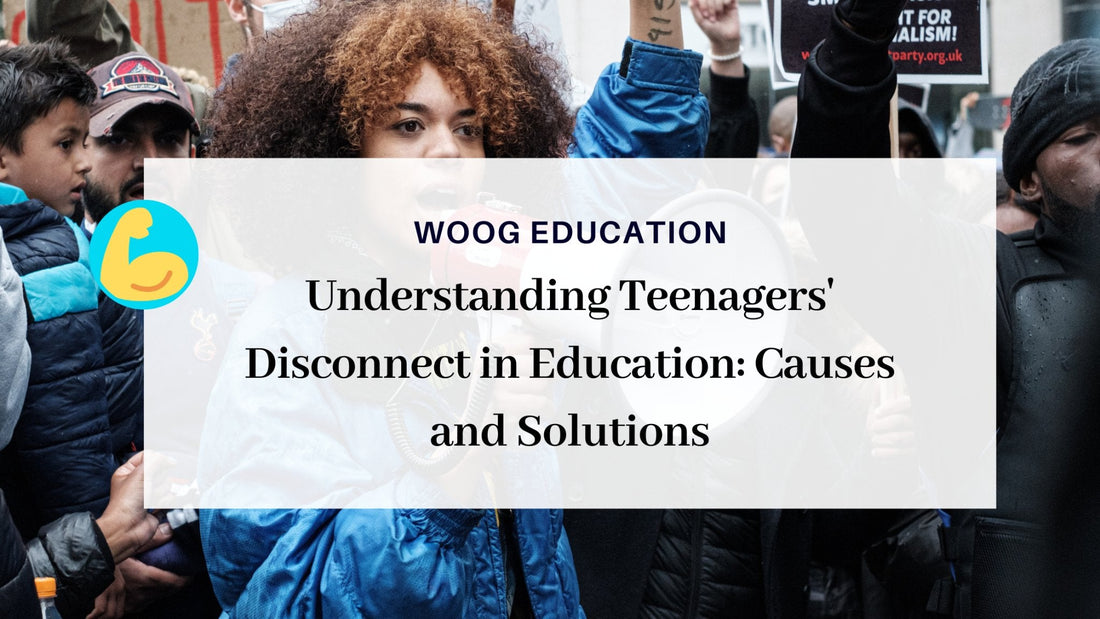The modern educational landscape faces a significant challenge: engaging and retaining the attention of teenagers in learning environments. While the reasons behind their disconnection vary, addressing this issue is crucial for fostering a thriving educational experience.
Causes of Disconnection:
-
Relevance Gap: A disconnect arises when students fail to see the relevance of traditional subjects to their lives or future aspirations. The lack of alignment between the curriculum and their interests can lead to disengagement.
-
Monotonous Teaching Methods: Rote learning or a uniform teaching approach might fail to account for each student's unique learning pace, interests, or abilities. Different learning styles demand diverse teaching methods, and an inflexible approach can hinder effective learning.
-
Technological Distractions: The pervasive influence of digital media and social platforms often competes for teenagers' attention, making it challenging for them to focus on conventional educational methods.
-
Mental Health Impact: Teenagers, often dealing with stress, anxiety, or depression, can find it arduous to engage and find excitement in education, impacting their overall learning experience.
-
Uninspiring Learning Environments: Dull or uninspiring learning environments, both physical and virtual, can contribute to disinterest. A lack of vibrant, conducive spaces for learning might hinder students' enthusiasm for education.
-
Overemphasis on Grades: The overemphasis on grades and standardized testing can create an atmosphere focused solely on academic achievement, neglecting holistic skill development and fostering a fear of failure, which can stifle motivation.
-
Disconnect from Real-World Relevance: Some educational content might seem disconnected from real-world applications, causing teenagers to question the practicality or usefulness of what they are learning.
-
Limited Student Voice and Participation: A lack of opportunities for students to voice their opinions or participate actively in their learning journey can diminish their sense of ownership and interest in the educational process.
- Societal Pressure and Expectations: External pressures from society, family, or peers to excel academically or pursue certain career paths can create undue stress, leading to disengagement and a lack of enthusiasm for education.
Addressing Disconnection:
-
Relevant and Engaging Learning: Introducing project-based learning or curricula tailored to real-world applications can render education more engaging and applicable, enhancing student interest.
-
Varied Learning Environments: Offering diverse learning environments, including vocational courses, apprenticeships, or digital learning, caters to different learning preferences and interests.
-
Leveraging Technology: Integrating educational technology innovatively within the curriculum can capture students' attention and foster interactive learning experiences.
-
Supporting Mental Health: Prioritizing mental health resources and counseling services within educational institutions can aid students dealing with emotional distress, ensuring they receive necessary support.
-
Mentorship Programs: Establishing mentorship programs where students can connect with mentors or role models can provide guidance, support, and encouragement, fostering a sense of belonging and motivation.
-
Flexible Scheduling: Offering flexible schedules or personalized learning paths can accommodate different learning rhythms and preferences, empowering students to take ownership of their educational journey.
- Encouraging Creativity and Innovation: Creating spaces for creative expression, innovation challenges, or entrepreneurial projects can spark curiosity and enthusiasm, nurturing a culture of creativity and exploration.
Conclusion: Fostering Engagement for Educational Success
Engaging teenagers in education involves a multi-faceted approach. By addressing relevance gaps, diversifying learning environments, incorporating technology thoughtfully, and providing mental health support, educational institutions can create environments conducive to student engagement and success.
Sources (for general reference):
- National Education Association (NEA)
- American Psychological Association (APA)
- Education Week
- The Journal of Educational Research
- Pew Research Center
- UNESCO
